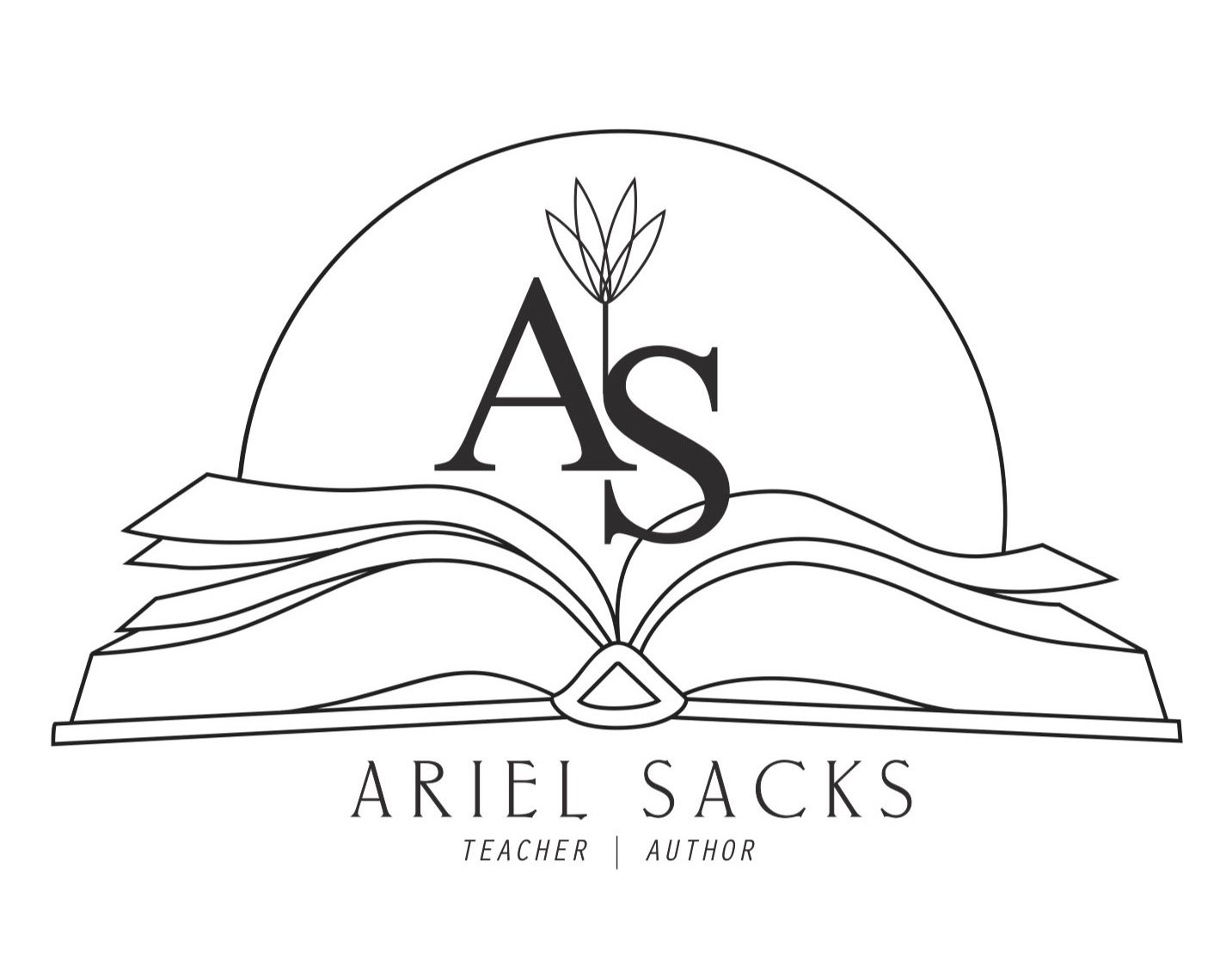As a beginning teacher, my response to the state test vacillated between righteous defiance of the inauthentic and sometimes cruel measures of my students’ learning -- and a rushed, somewhat desperate attempt to help diverse learners face the realities of the exam that was coming whether we liked it or not. Years later, I’ve worked through some of the noise around standardized testing. I’ve come to a few realizations that allow me to essentially stay true to my principles as an educator without sending students into a high-stakes situation unprepared. I still can’t endorse these tests as especially worthwhile measures of student learning, but I’m happy to share the compromise I’ve made in an imperfect situation:
Realization 1: Voracious readers do better on standardized tests. Consistently, my students who score well on the state tests read a ton. They read for pleasure, and they read what they want to read -- even if that means plowing through title after title in fantasy series after fantasy series. Though their reading interests are a little myopic, their vocabularies and reading stamina are strong. Put an obscure, lengthy article in front of these readers, and they tackle it without much difficulty. Research confirms that voluntary reading correlates strongly with academic achievement -- and this is one factor that holds true across socioeconomic status. This is one place where my goals as an English teacher and standardized measures of student achievement are not so much at odds.
What to do: Don’t drop pleasure reading during testing season! Throughout the year, I devote plenty of class time to my students’ independent reading, whether they are reading self-selected materials or we are in a whole class novel or other common text. When it’s time to prepare more explicitly for the test, the last thing I want is for students to become disconnected from their regular practice of reading. So, amid claims that there’s no time for pleasure reading “because of the test,” I remind myself that yes, there is, and it may be the most important thing we can do to impact student achievement. With multiple priorities, I’ll preserve at least the first 10 minutes of class for independent reading. It’s also a nice time to encourage content area teachers to provide more reading opportunities for students in their classes, thereby increasing students’ overall “time in text” throughout a day.
Realization 2: Answering multiple choice questions is not a reading skill. Reading is an interactive process, involving a unique reader experiencing, responding and interpreting a text in a specific time and place. I work hard all year to help students understand that there are multiple valid interpretations of a text, and their relative strength depends on how we support and explain our viewpoints. This is rigorous real-world work that literary critics, lawyers, and scientists do to communicate their thinking. Choosing from among four answers presented by an outsider with no explanation is not reflective of an authentic reading process. While reading is a necessary skill for answering text-based multiple choice questions, we measure something else with these question types, especially when they go beyond literal comprehension.
What to do: Teach multiple choice strategies distinct from reading strategies. I remember my mentor, Madeleine Ray, saying, “Don’t send children to battle with no weapons or training” [even if we are opposed to war]. Just be clear with students about what they are preparing to do. Avoid language like, “Good readers read all four answer choices carefully.” This is a strategy of good test takers -- and the difference matters for kids. We don’t want students who are developing their love of reading to confuse the difficulty of test questions with their abilities as readers.
In multiple choice -- especially on new Common Core tests -- there is nearly always more than one answer that responds to the question with some accuracy; students must select the one with the most or best evidence. Simply choosing an answer that they believe is “true” based on their initial reading results in about a 50% chance of selecting correctly. The key is the thought process we engage in to methodically weigh each answer against the other choices, using evidence from the text. Here is a tool I developed to help students practice this, first in pairs, then independently. More than specific test reading strategies, this process has dramatically helped my students respond to test questions.
These realizations don’t encompass a complete approach to preparing for the exam, and there are still many factors beyond our control that affect students’ ability to show their learning on standardized tests. Overall, though, I’ve come to trust that developing authentic reading and writing habits throughout the year serves students better on the test and in life than anything else. I can still give those finite skills that are specific to standardized exams their moment, without letting them take over my students’ education.
This post was first published on March 23, 2016 at SmartBlog on Education in collaboration with Center For Teaching Quality.

